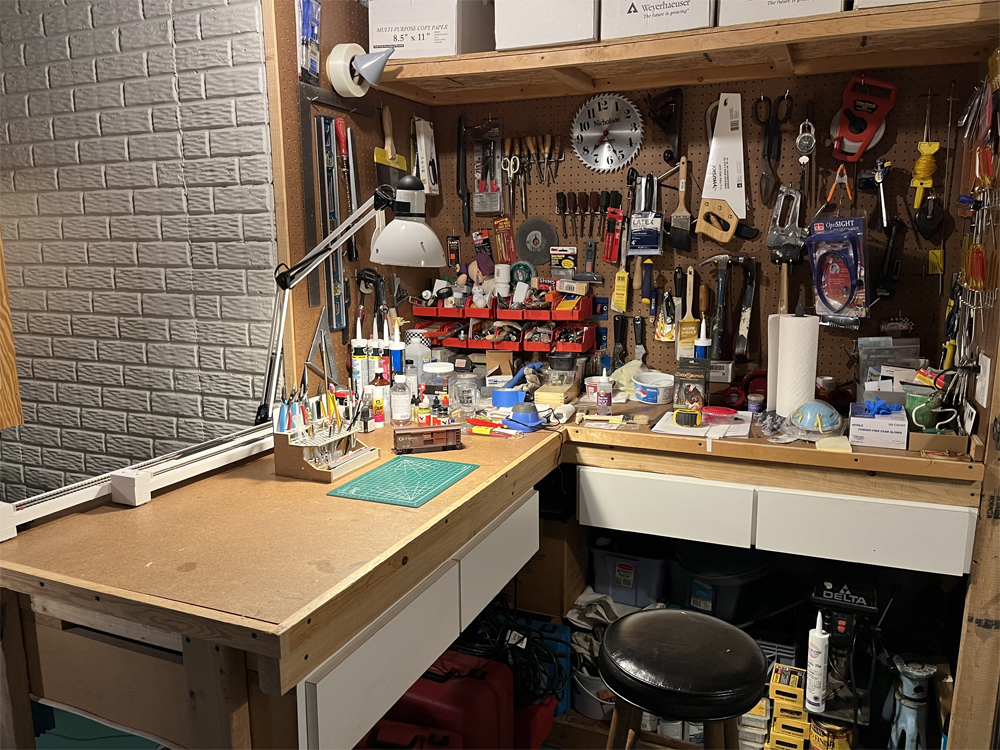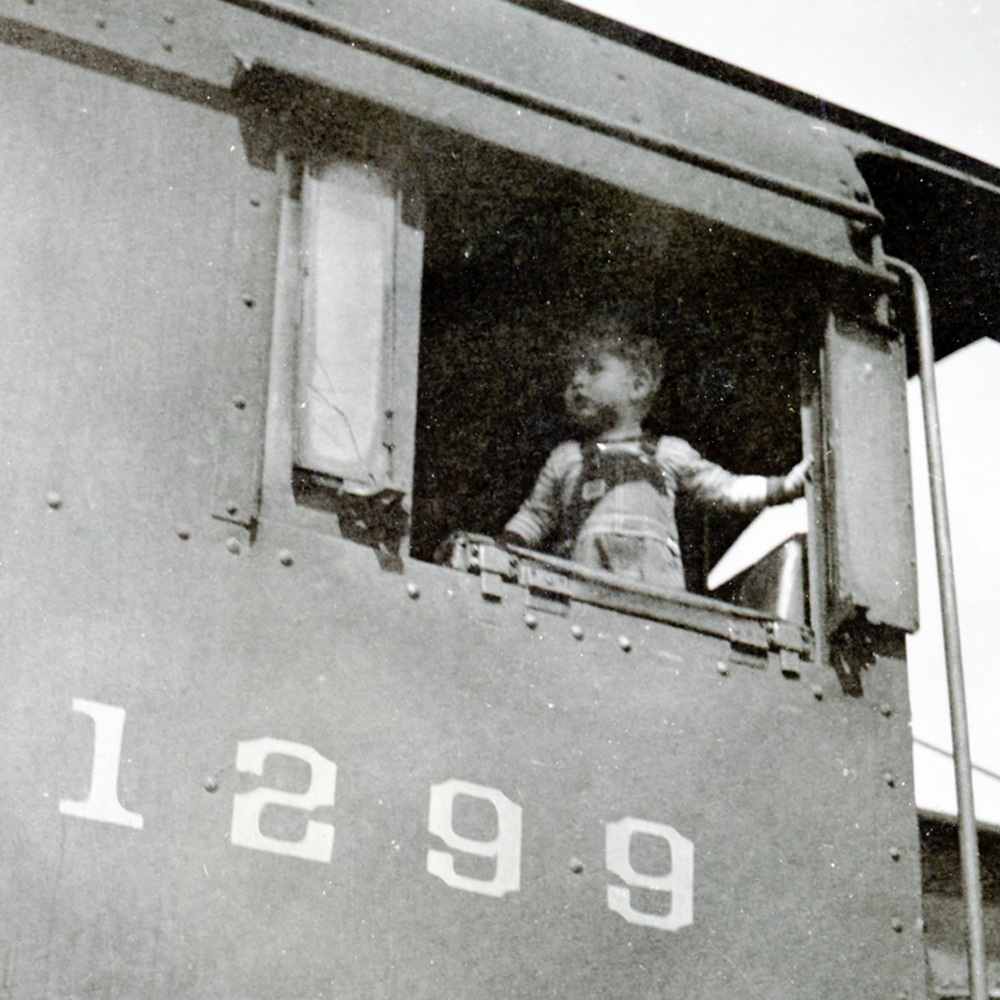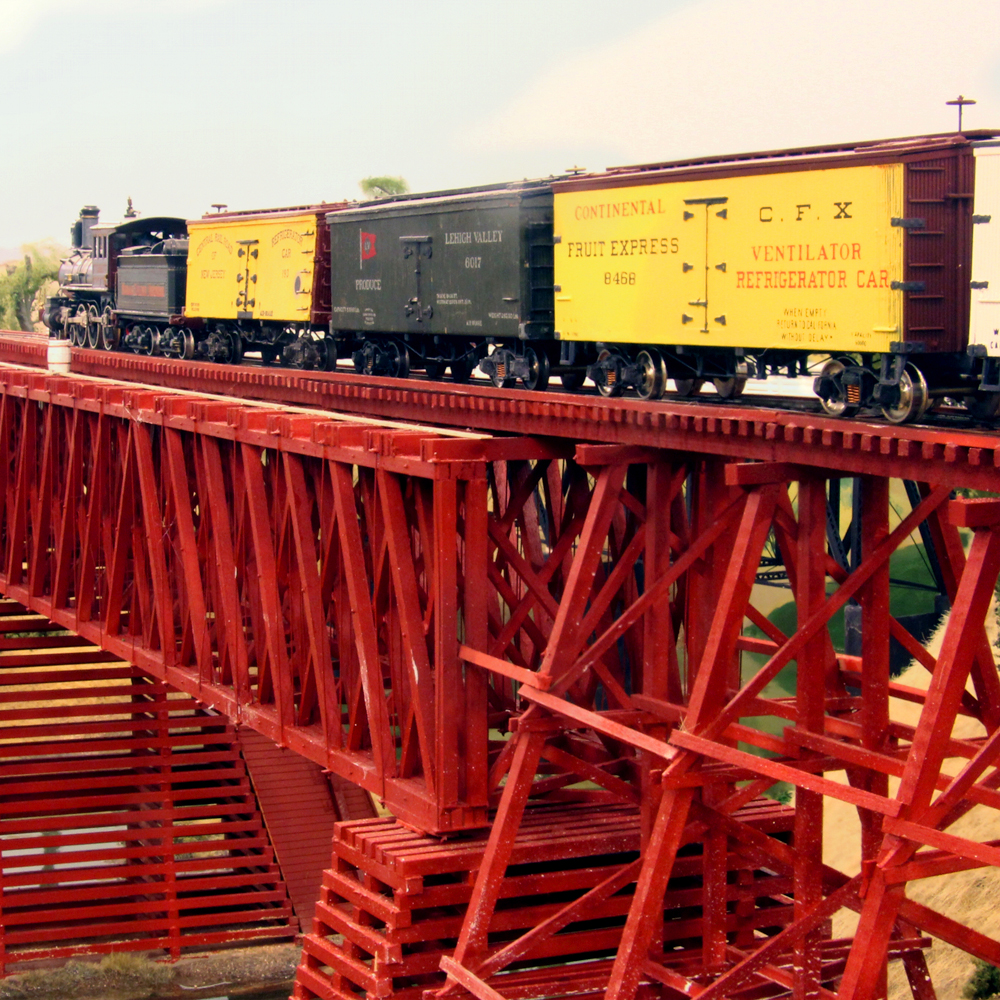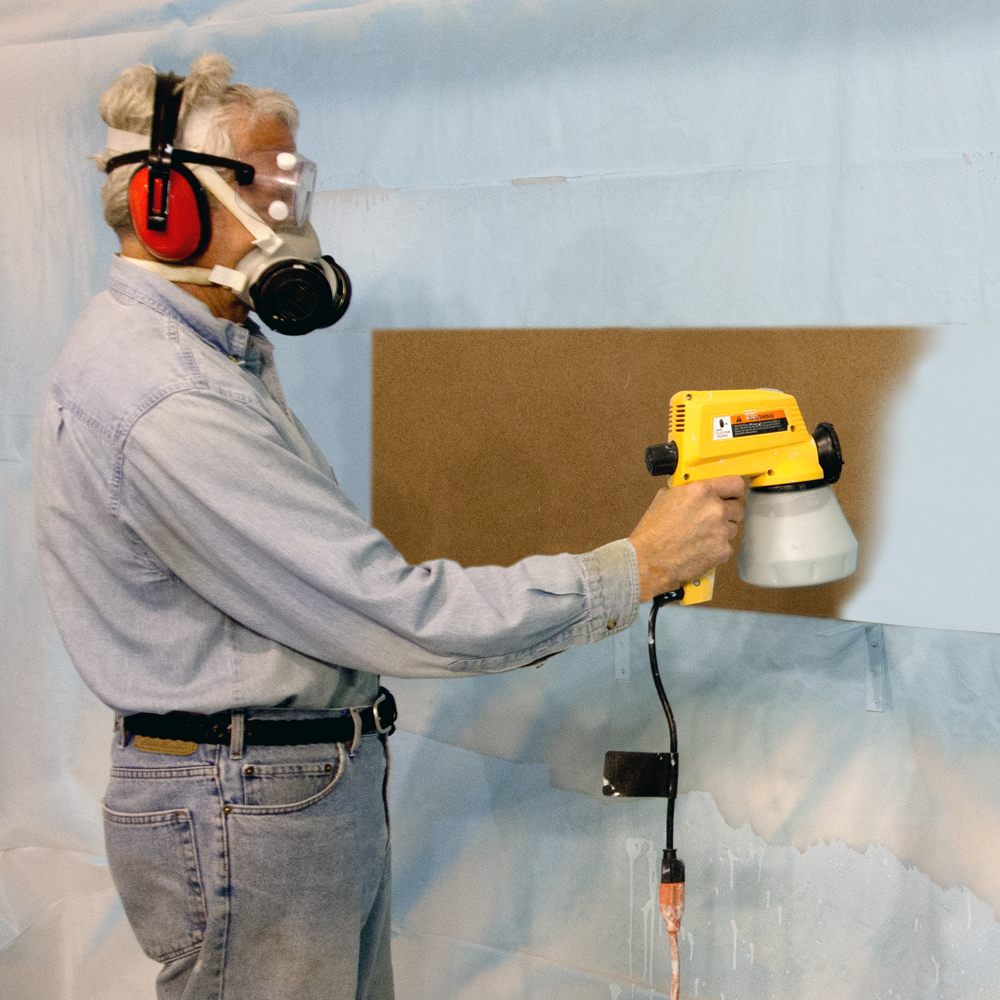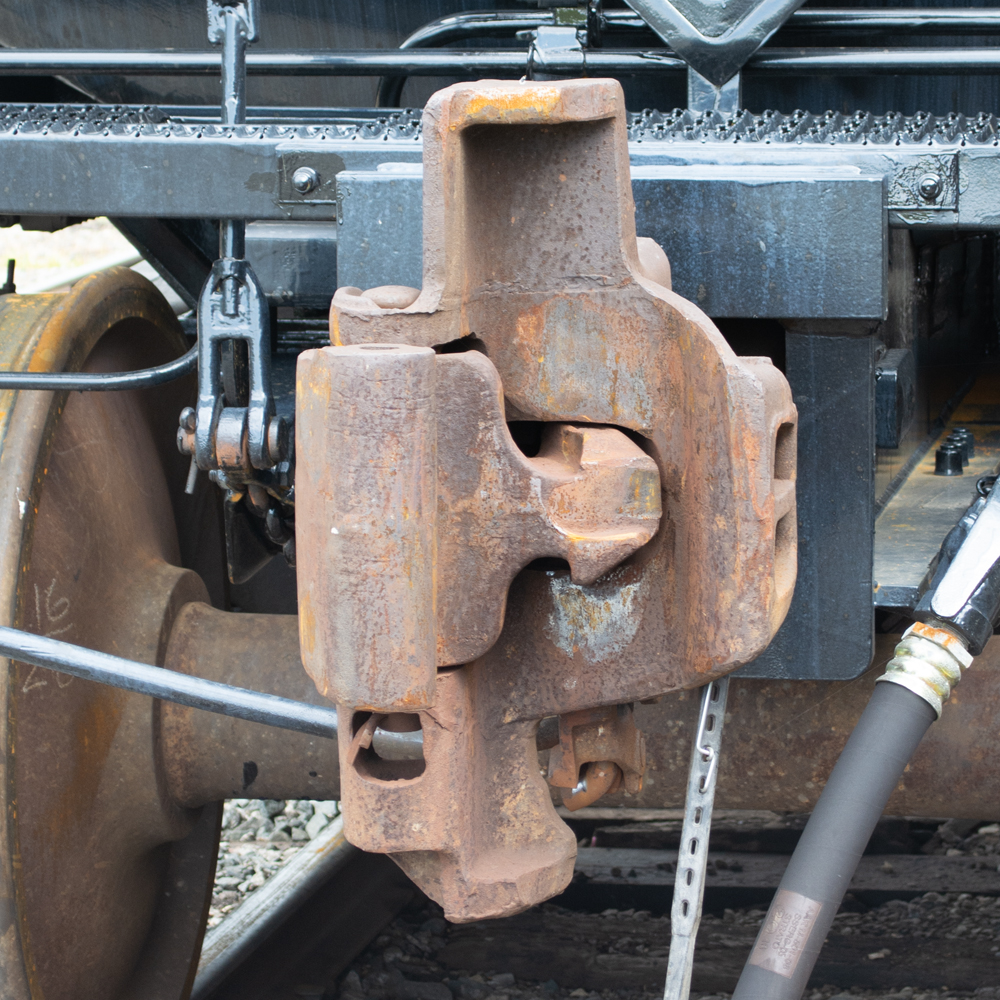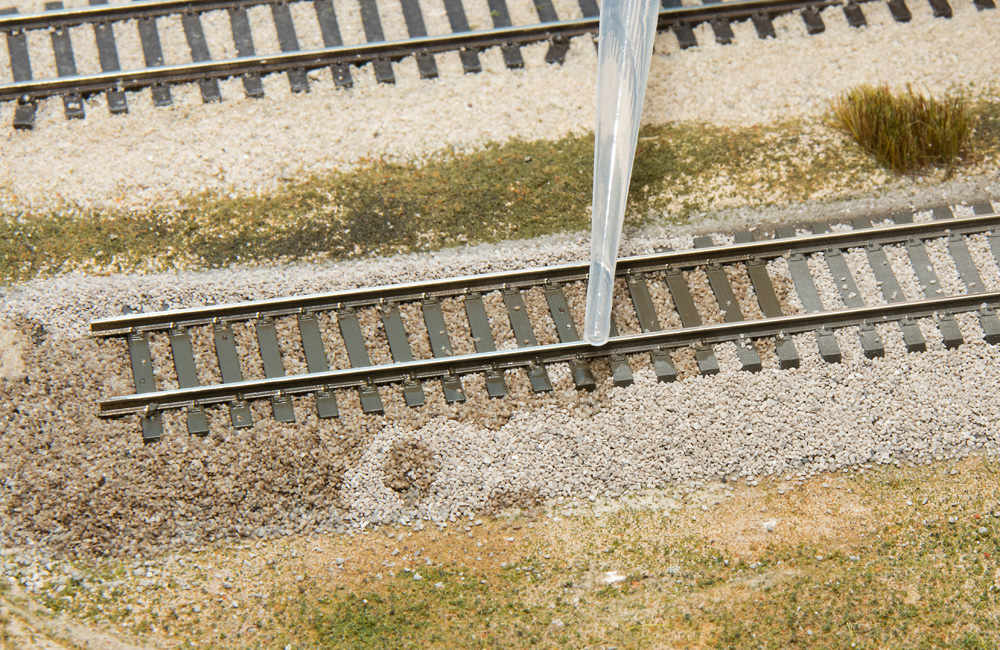
Q: I’m designing an HO scale model railroad that will include an old mountain main line that’s due to be closed after a new bypass line has been constructed. Though my line will be freelanced, some examples of what I’m thinking of would be the old Colorado Midland Hagerman Pass line or the Denver & Salt Lake Railroad’s Rollins Pass line. My question is, what kind of ballast should I use? Since I’m not a perfectionist, I have no plans to reproduce the condition of the ballast in minute detail; just an approximation of the general appearance would be fine with me. – Kevin Stibbe
A: If you’re basing your model railroad on a prototype, that would make your answer simple; follow the ballasting processes of that prototype. Even though your road is freelanced, you can look to prototype railroads in the area you’re modeling for an idea of what kind of ballast to use.
The primary factors behind prototype railroads’ ballast choices were – after suitability for the purpose, of course – convenience and cost. What ballast can the railroad get most easily and inexpensively? How convenient is the quarry to the rail line and can it produce enough for the railroad’s needs? How far would the ballast have to be hauled to get to where it’s needed? For these reasons, the ballast you use should at least somewhat resemble the stone seen in rock outcroppings on your layout: granite in the Northeast, limestone or quartzite in the Appalachians and Midwest, limestone or dolomite in the West.
Another consideration, though a lesser one, is how heavily the line will be used. A main line will be more heavily ballasted and more often maintained, which means its ballast should be lighter in color (less weathered) than a branch line, passing track, or industrial spur. A yard or lightly used secondary line would have thinner ballast, a lower profile, and more weathering. Some yard or service tracks might be ballasted with cinders or even just dirt.
Whatever color of ballast you choose, don’t feel you have to stick with that color throughout your whole layout; track constructed or rebuilt at different times could have received ballast from different sources, so short patches or even long stretches of different color ballast are prototypical.
Send us your questions
Got a question about modeling, operation, or prototype railroading? E-mail it to us at AskTrains@Trains.com. Include your full name and hometown and put “Ask MR” in the subject.





